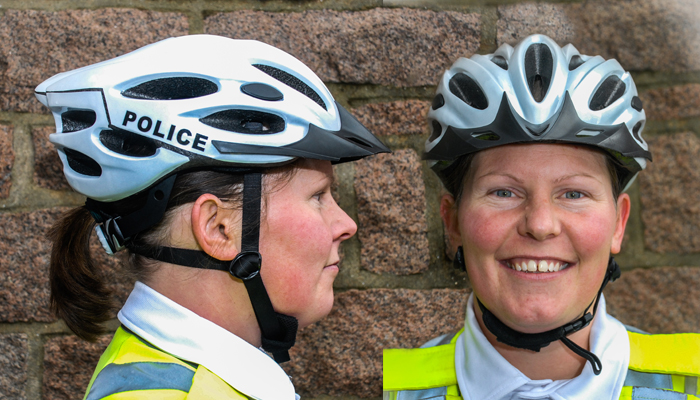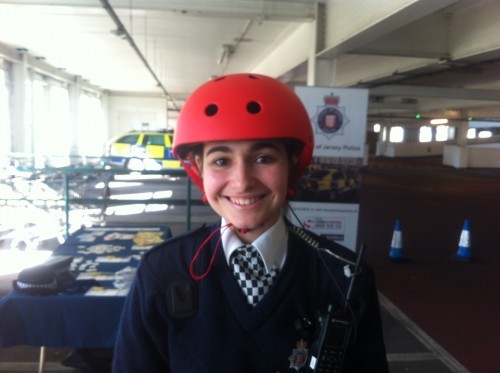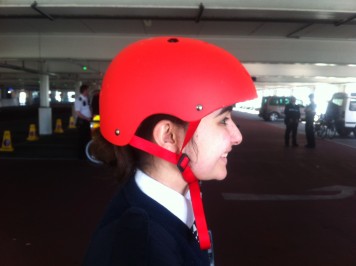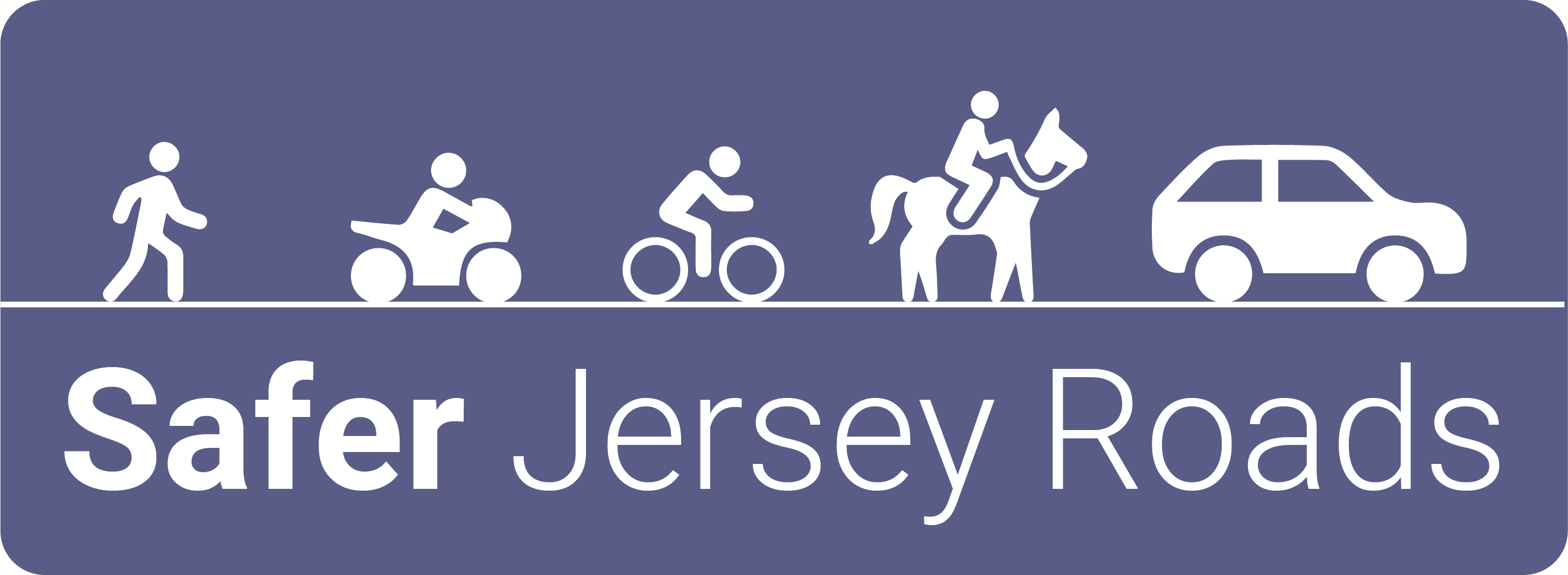Make Sure You are Wearing the Right Kind of Clothes
- Bright clothes that help you to be seen are great. Wear fluorescent accessories if you have them by day, reflective helps you at night.
- If it’s cold, wear warm clothes.
- If it looks like rain, make sure you have clothes to keep you dry and warm.
- Make sure any cords that are dangling are tied up and out of the way of any of the moving parts of your bike like the wheels for instance.
- Wear cycle clips or use something like a slap band if you are wearing long trousers that are loose and might get caught in the chain or maybe tuck them into your sock.
- Make sure your shoes have good grip for the pedals so your feet don’t slip off and they cover your feet and give you good protection. Make sure laces are tied up and tucked out of the way so they don’t get caught in the chain. Flip flops are a definite NO.
- Cycling glasses are great for protecting your eyes. If you are cycling down hill for instance, they may stop a fly getting in your eye.
- Fingerless cycling gloves to help protect the palms of your hands if you have a fall.
- Wear an approved cycle helmet that is in good condition. If the plastic outside of the helmet is cracked, this isn’t really a problem as long as you can’t cut your finger on it, but if the polystyrene is cracked, the helmet needs replacing. It needs to have at least one of the following approved safety standards; BSEN 1078: 1997; SNELL B-95; AS/NZS 2063 and displays the CE mark.
How to Fit Your Cycle Helmet
- The helmet should fit your head snugly, not loose or too tight. There is an adjuster that you can use to help fit make sure it fits properly. On some helmets, they have small sponges provided that are used to stick on the inside of the helmet to get the best fit.
- It should sit on your head so that it is straight and not sitting on the back of your head for instance.
- The straps coming from the helmet, there should be one to the front of your ears and one behind and they should be tight.
- There is a plastic ‘toggle’ on the straps, that should be adjusted so the rest just under the ear lobes to keep the straps tight to the front and back of the ears.
- The strap should be done up under the chin and adjusted so it is secure, not too tight, but not too loose. You should be able to put your finger between your chin and the helmet strap.



The Law
As of the 6th October 2014, when riding on the road or a cycle track in Jersey you must wear a cycle helmet if you are aged under 14 years of age.
To ride on the road on your bike you MUST HAVE:
- A working set of brakes that work.
- A working bell.
- At night have lights on your bike, a white light at the front and a red one at the back.
- At night you must have a red reflector at the back of your bike, pedal reflectors and additionally you should have a white reflector at the front and one on each wheel.
- You cannot give someone a lift on your bike unless it is designed for two people, such as a tandem.
- You must not ride on a pavement unless there is a sign saying you can.
- You must not ride through a red traffic light.
- You must not ride more than two abreast (more than two cyclists next to each other) on a main road.
- You must not ride the wrong way up a ‘No Entry’ unless there is a sign saying you can, and then make sure you do this very carefully.
- You must obey all traffic signs in the Highway Code.
- You must not ride carelessly or dangerously.
- You cannot ride an electric bike until you are 14 years old.
- The motor on an electric bike should not be able to propel you at more than 15mph.
- Adults can be prosecuted for riding a bike under the influence of alcohol or drugs
The laws above that are in ‘bold’ also apply on a cycle track.

